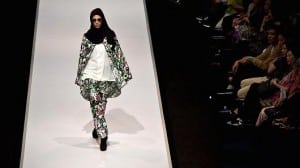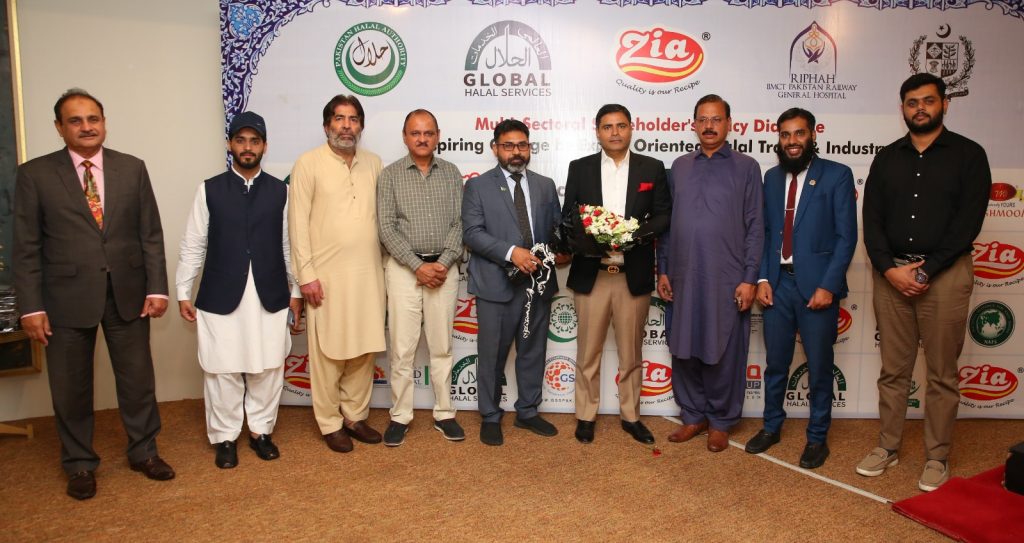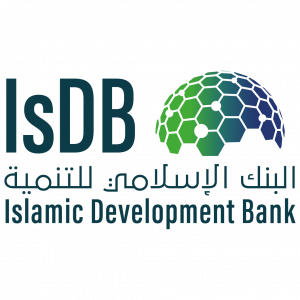
Muslims account for over 20 percent of the global population but despite their growing spending power, studies reveal that businesses are failing to tap into one key aspect of the Islamic economy: fashion.
“Alongside a thriving Islamic economy, there is growing demand for Islamic fashion apparel. Unfortunately, offerings have been limited, and there is no single Islamic brand catering to the fashion needs of the Muslim population globally. Thus, there is an opportunity for modern Islamic fashion brands to be showcased,” said Karen Van Diesen, market research analyst at Euromonitor in a recent note.
A report by the Dubai Chamber of Commerce and Industry and Thomson Reuters in September shared Van Diesen’s views, stating that Islamic fashion lacks a global clothing brand capable of addressing the needs of Muslim customers.
Islamic fashion is projected to comprise 11.2 percent of global fashion spending in three years’ time, according to the report, with spending set to hit $322 billion by 2018, versus estimated global expenditure of $2.9 trillion. In 2012, Muslims spent $224 billion on fashion.
The Muslim shopping experience is frustrating, Van Diesen explains, as most runway-inspired creations are not designed to meet Islamic standards. Among the complaints are unsuitable necklines, hemlines and difficulty matching designs with the hijab, she said.
Kerim Ture, founder of Turkish e-tailer Modanisa told CNBC last week how he got inspired to enter Islamic fashion.
“In 2009 when I was in Mecca, there were 3 to 4 million people and I didn’t see any Muslim fashion bands in shopping malls. There were mostly just shops selling headscarves and I asked myself why people were under addressing this community,” he said.
The company has grown rapidly since launching three years ago, with over a million orders per year from 50 countries.
Existing players
Turkey, the U.A.E, Indonesia and Iran are the top Muslim countries with the highest consumer clothing consumption, according to a separate report from the Dubai Islamic Economy Development Centre, Thomson Reuters and the Dinar Standard last week.
Local designers and start-ups in these nations are attempting to address the market gap, seen by Hijub in Indonesia and Citra Style in the United Arab Emirates. However, these brands typically cater to local shoppers, Euromonitor said, ensuring priority on their respective home markets instead of pursuing a global focus.
DKNY is one of the few global fashion heavyweights to embrace the Muslim market. Earlier this year, the U.S. label released a ‘Ramadan collection’ in Middle Eastern stores for the Eid holiday.
Online shopping remains the leading means of distribution in the sector, with Dinar Standard estimating fashion e-commerce expenditure at $4.8 billion in 2013. That’s bigger than India’s entire e-commerce market, valued at $3 billion presently.
“For Islamic fashion apparel to really pick up, it needs to become more available in typical bricks and mortar establishments,” Euromonitor said.
Van Diesen recommends interested players to invest in local brands with Islamic roots or that collaborate with Muslim designers, stating that companies who aren’t normally associated with Islamic apparel will likely face challenges if they enter the market alone.
“In particular, the company will need to confirm that the brand supply chain operates in accordance with Islamic values, as well as the concept of ‘halal’ in terms of sourcing.”



